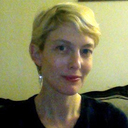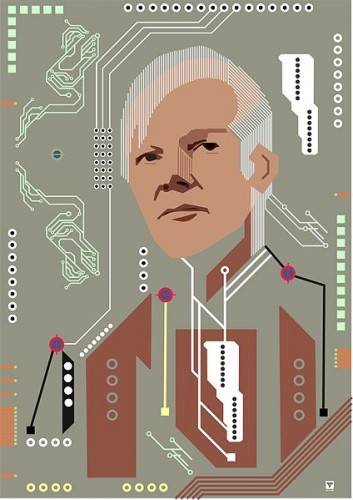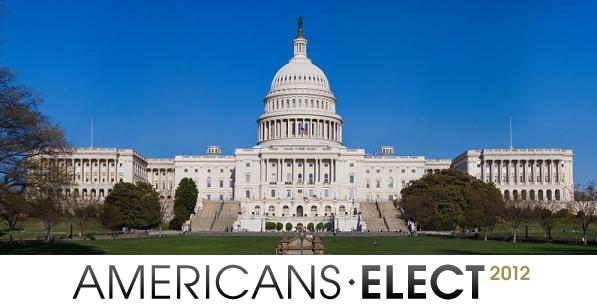This is part of a series of posts highlighting the Theorizing the Web conference, April 14th, 2012 at the University of Maryland (inside the D.C. beltway). It was originally posted on 3.30.12 and was updated to include video on 7.19.12. See the conference website for

Drawing on a diverse range of approaches–from media archaeology and ethnography to queer theory and critical code studies–the “Politics of Design” panel will collectively consider where and how power pools and collects in the designed, value-laden spaces of the internet. Individual panelists will take up digital networks and anonymity (Moesch); established and proposed internet architectures (Shilton and Neal); slick Web 2.0 and grungy “dirt style” interfaces (Kane); and the failed rhetoric of the digital sublime by the founders of Google and Second Life (Chia). Not content to dwell on surface design features, each speaker unearths hidden variables–whether technological, social, or historical–that affect the systems, platforms, and communication structures under discussion. In the process, they expose the faultlines in those structures that allow us to envision them otherwise; the politics of design, that is to say, ultimately point–directly or indirectly–to alt-design and re-design.
Please join us on 4/14 for what promises to be a fabulous #TtW12 panel!
[Paper titles and abstracts are after the jump.] more...









 As the 2012 presidential race ever so slowly gains momentum it remains clear that social media will be influencing elections for a long time to come. In the long run, does the shift towards social media campaigning change who is perceived to be a legitimate candidate? If so, social media might change who wins elections and therefore changes how we are governed. Avoiding [for now] the issue of whether social media has inherent tendencies towards the left or right, what I want to ask is: opposed to old media, does new media benefit political underdogs and outsiders?
As the 2012 presidential race ever so slowly gains momentum it remains clear that social media will be influencing elections for a long time to come. In the long run, does the shift towards social media campaigning change who is perceived to be a legitimate candidate? If so, social media might change who wins elections and therefore changes how we are governed. Avoiding [for now] the issue of whether social media has inherent tendencies towards the left or right, what I want to ask is: opposed to old media, does new media benefit political underdogs and outsiders?
